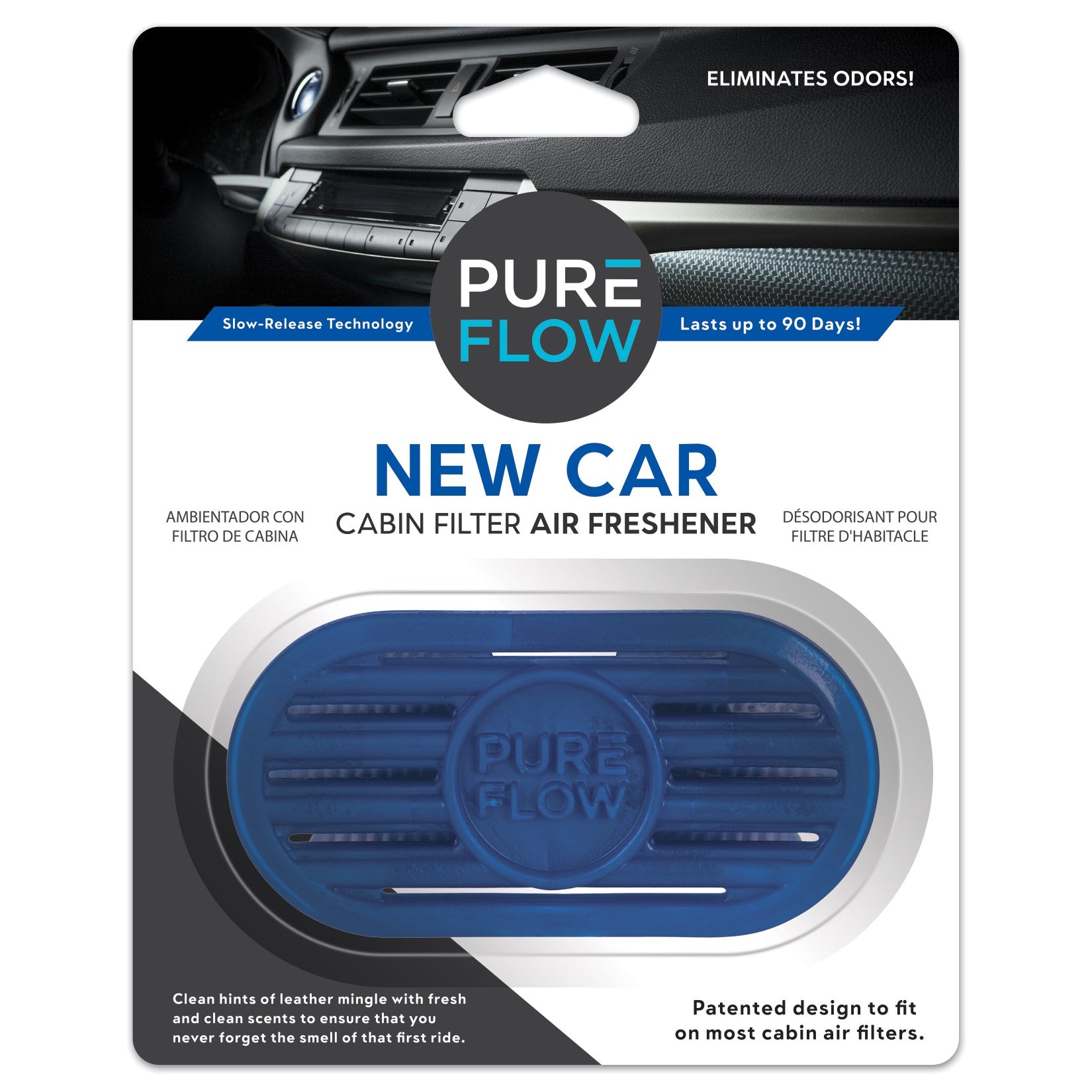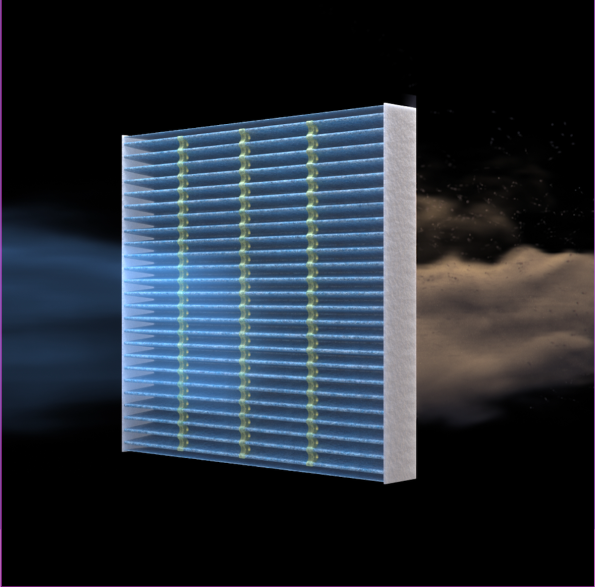A car cabin can play host to all kinds of unpleasant contaminants. For one thing, there are chemicals from the car itself. There may be VOCs emanating from the upholstery or mold growing in the floor mat fibers. For another thing, there are outside contaminants. You have to deal with exhaust from other vehicles, as well as general air pollution.
Contaminants that will harm the air quality inside your car has three major entry points. The first one is through your air vents. The other two are open windows and door cracks.
People who may have been exposed to certain environmental settings may carry contaminants on their clothing. They may enter the vehicle with those threats to air quality attached.
HVAC air filters have long been mandatory for vehicles. Unfortunately, these old-school filters can’t capture ultra-fine particles that are under 2.5 microns in diameter. This has led to the development of smart cabin monitoring systems which are paired with a specialized cabin air filter.
So, what does this mean for your car’s cabin air quality, and do you need a cabin filter replacement? Here’s the state of the market, and what we should expect in the near future.

The Current State of the Market
Cabin air quality has been a known issue for many years. But during the Covid-19 pandemic, it was brought to the forefront. People aren’t just thinking about disease – they’re more aware of their respiratory health than ever before.
At the same time, supply chain disruptions made it difficult to meet demand. The 2020 market for cabin air quality solutions was $1.85 billion. This number grew slowly in fits and starts during the pandemic, but is now poised to explode. Current projections predict a market size of $4.9 billion in 2028.
At the same time, Covid-19 is hardly the only reason for this projected growth. Increases in pollution are also playing a major role. Throughout the world’s major cities, pollution is worse than ever. And for anyone driving in such an environment, exposure is a major concern. Commercial drivers are at an increased risk because they spend most of their time in their vehicles. In and of itself, this is a great reason to develop more advanced air purification solutions.
Public pressure is another reason for growth. Governments have imposed new requirements for cabin air quality. Consumer groups have put pressure on automakers as well. In response, automakers have invested huge sums of money into developing better solutions.
Cabin Air Purification Technologies
Even though in-car air filtration systems exist, they don’t do enough. Their efficiency to remove any impurities and toxins in the air are not as advertised. There’s also another flaw to address in regards to this kind of system.
It doesn’t cover the other entry levels of where contaminants enter. As mentioned, these entry points are open windows and the cracks of your doors. It certainly won’t filter any contaminants that are latched on to the clothes of your other passengers.
The Biodefense mode in Teslas set the example of what could be the future in improving in-car air quality. The feature itself is said to be ten times larger and 100 times more effective compared to standard filters.
The built-in HEPA system is believed to be the first of its kind in the automotive industry. When the Biodefense mode is activated, the filter can stop 99.97 percent of contaminants coming from the outside via air vents. The fans inside of the vents will run at high speeds to ensure the best circulation possible to remove any pollutants.
The Biodefense mode will be most effective when driving through areas where air quality is poor. In conjunction with this, leaving the windows closed in your vehicle and the doors shut will be your best bet in keeping contaminants out of a Tesla.
When tested in a Model X, the air quality inside vastly improved almost immediately after the Biodefense mode was activated (with doors closed). The amount of PM2.5 concentration dropped to zero within the first 3 minutes. No standard air filtration system will achieve this.
The Tesla Biodefense mode will serve as the benchmark for the automobile industry to develop and utilize technologies that will improve air quality inside vehicles.











































